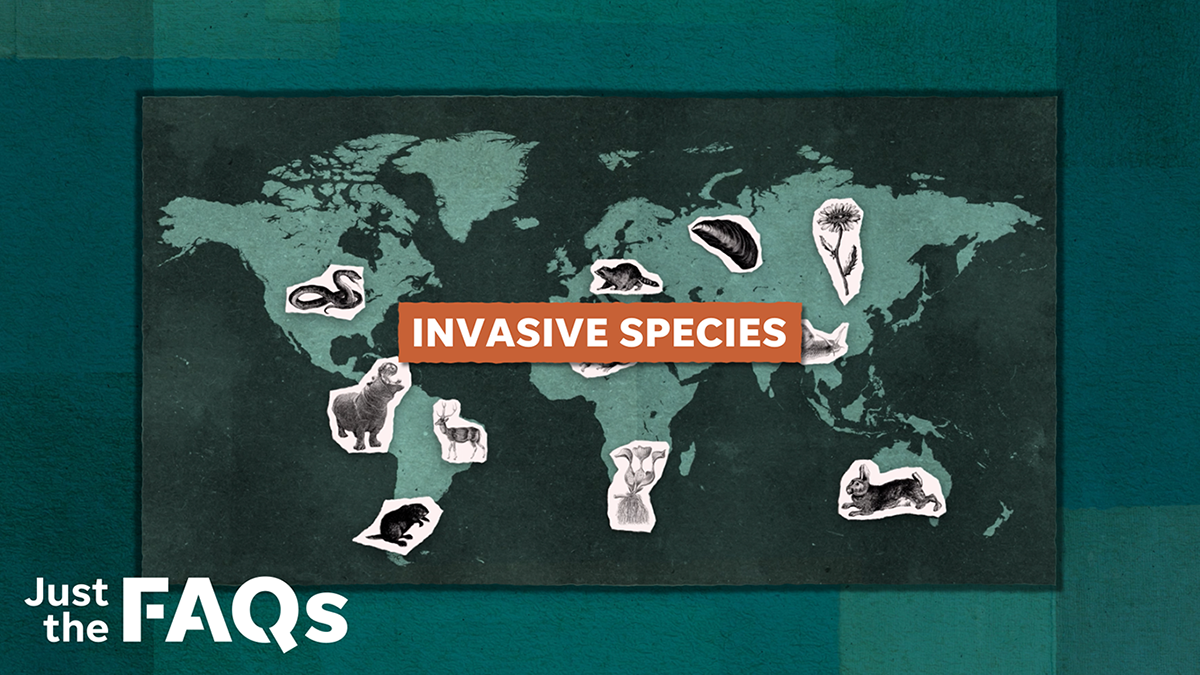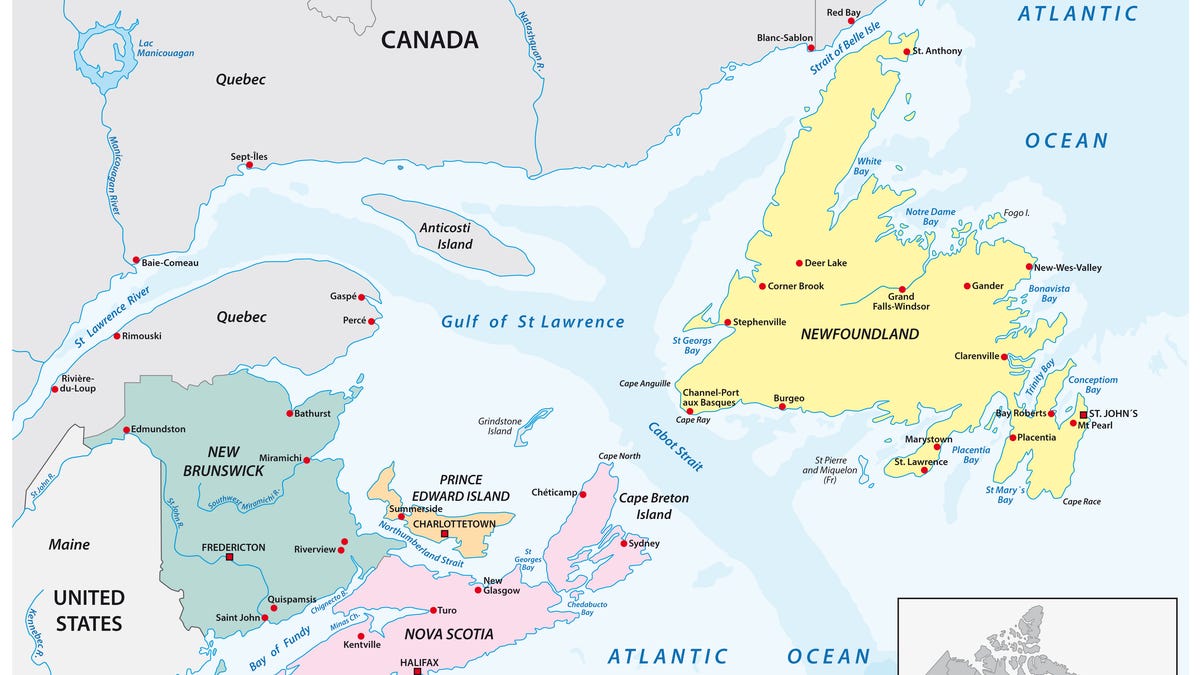
What are invasive species and how do they harm ecosystems, biodiversity?
Spotted lantern flies, Burmese pythons and Zebra mussels are just some of the invasive species wreaking havoc on ecosystems in the U.S.
Just the FAQs, USA TODAY
An invasive species of fish that can live out of water for short periods of time and can carry dangerous pathogens has been found in Eastern Canada, alarming experts.
The Oriental Weatherfish was discovered in a Nova Scotia waterway and confirmed by the Department of Oceans Canada last month. The Nova Scotia Invasive Species Council said in a May 16 statement that the discovery was thanks to a person who spotted the eel-like fish and reported it to authorities.
The council said this is the first time the invasive species has been seen in the Maritimes region − which includes Canada’s New Brunswick, Nova Scotia and Prince Edward Island.
“Oriental Weatherfish pose a significant threat when introduced to native ecosystems,” the council said in its social media post. “They reduce aquatic insect biodiversity, compete with native fish species for food and spawning habitat, and are known to carry parasites and pathogens that are harmful to both wildlife and humans.”
The fish is a common aquarium species, and experts believe it was introduced into the ecosystem when it was illegally released into the wild. Officials told CBC that a single egg-bearing fish was found in the Morgan Falls fishway of LeHave River near New Germany, a village in Nova Scotia.
Misgurnus anguillicaudatus, also called a pond loach, averages 3 to 7 inches in length but has been measured up to 11 inches long, according to the U.S. Geological Survey. They’re native to Eastern Asia, found from Siberia to northern Vietnam, including Japan, and can survive for short periods of time without water.
The fish uses its intestine as an accessory respiratory organ to breathe air, enabling it to live in oxygen-poor waters and bury itself in muddy or silty environments to survive long droughts. Scientists who have studied the species found it can “withstand desiccation and starvation for more than 81 days,” USGS says, making it very tolerant to extreme conditions.
Though native to Asia, the invasive species has been found in over a dozen states across the U.S., including Hawaii.
Kathryn Palmer is a national trending news reporter for USA TODAY. You can reach her at kapalmer@usatoday.com and on X @KathrynPlmr.
